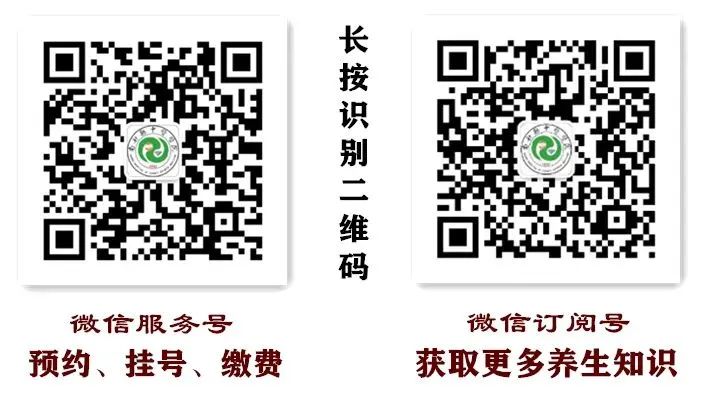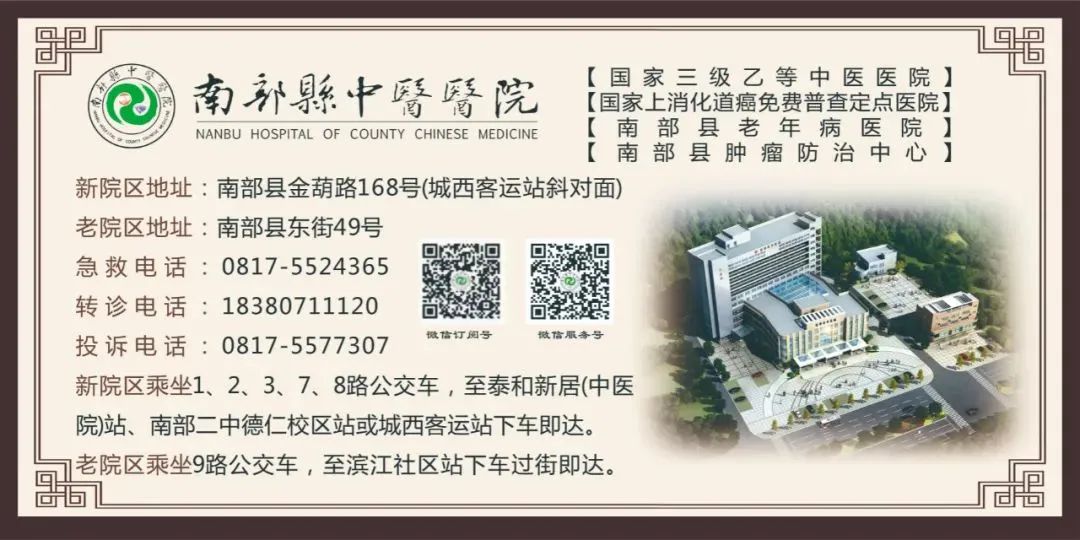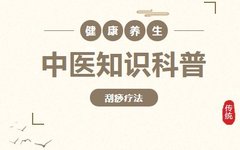Clickthe above“Southern County Traditional Chinese Medicine Hospital“↑to subscribe to this WeChat account.
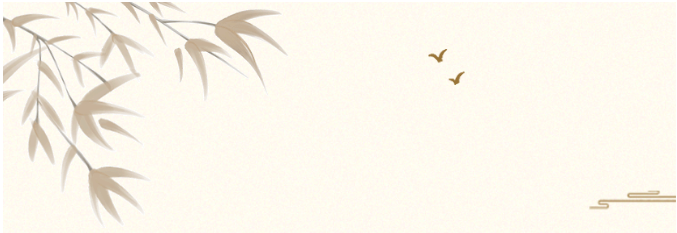
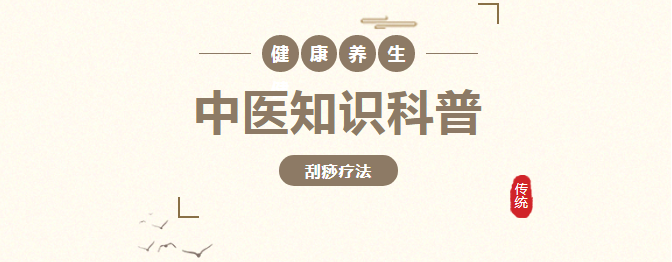


Gua Sha originated from folk practices and was first documented in the Yuan Dynasty by the physician Wei Yilin in the book “Shi Yi De Xiao Fang”. Other medical texts also provide detailed records of the principles and methods of Gua Sha. For example, “Sha Zhang Yu Heng” states: “Gua Sha method, scrape along the spine and neck, as well as the chest and sides using a coin dipped in oil.” Wu Shangxian in “Li Yue Pian Wen” noted, “For Yang Sha abdominal pain, it is best to use a porcelain spoon dipped in oil to scrape the back, as the five organs are connected to the back, scraping will expel evil qi and relieve the illness.”

What is Gua Sha?
Gua Sha is a therapy that uses specialized scraping tools, applying a certain medium, to repeatedly scrape and rub the skin surface, causing localized “sha” (redness), thereby achieving effects such as invigorating blood circulation, relieving muscle tension, detoxifying, clearing heat, promoting qi flow, alleviating pain, and strengthening the spleen and stomach.

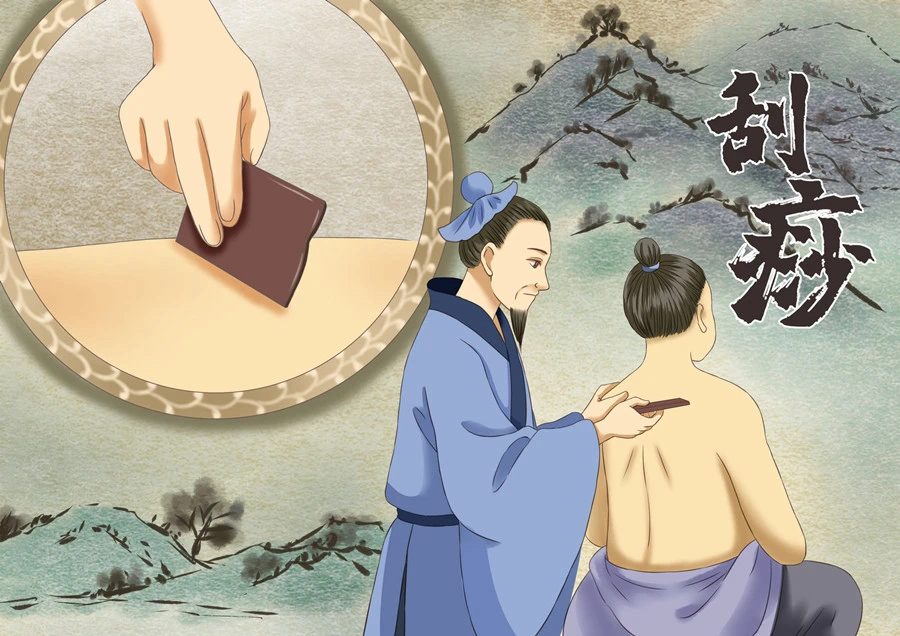

Traditional Chinese Medicine (TCM) believes that qi circulates continuously in the body, and the hub that governs the rise and fall of qi is called “qi mechanism”. Therefore, diseases related to qi are primarily due to the imbalance of the “qi mechanism”. Gua Sha focuses on regulating qi, stimulating the circulation of qi and blood, expelling evils from the surface, and enhancing self-healing capabilities to treat diseases.
The skin is closely connected to the meridians, and Gua Sha stimulates the meridians on the body surface, achieving functions such as unblocking meridians, invigorating blood circulation, and regulating the qi and blood of the internal organs. According to modern medical explanations, the pores on the skin can release heat toxins and expel skin toxins, as well as evaporate moisture. These pores serve as both treatment points and pathways for disease resolution. Gua Sha can promote local blood circulation and stimulate the body’s immune response.

Indications for Gua Sha
1. Orthopedic diseases: cervical spondylosis, lumbar disc herniation, tennis elbow, tenosynovitis, shoulder periarthritis, lumbar muscle strain, various sprains, ankylosing spondylitis, and various degenerative diseases.
2. Internal medicine diseases: hypertension, gout, migraine, dizziness, insomnia, depression, anxiety, colds, pneumonia, indigestion, stomach pain, diabetes, etc.
3. Pediatric diseases: Attention Deficit Hyperactivity Disorder (ADHD).
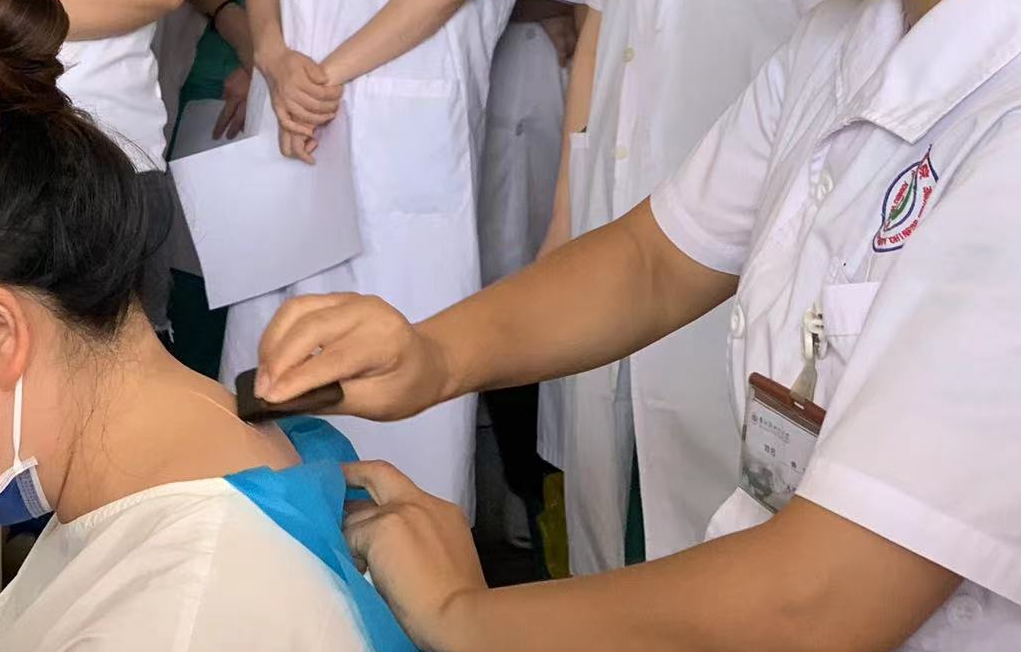
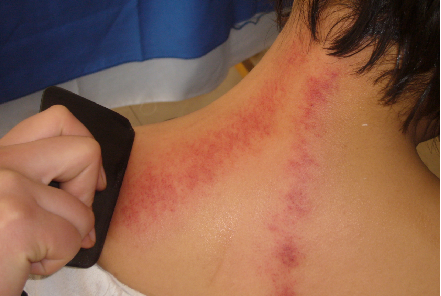
4. Dermatological diseases: shingles, urticaria.
5. Gynecological diseases: breast hyperplasia, menstrual irregularities, dysmenorrhea, menopausal syndrome, etc.
6. Otorhinolaryngological diseases: toothache, tinnitus, acute and chronic rhinitis, etc.
7. Respiratory diseases: pharyngitis, tonsillitis, adenoid hypertrophy, cough, fever, acute laryngitis, etc.

Situations Not Suitable for Gua Sha
1. Acute infectious diseases, acute abdominal conditions, severe heart disease, severe hypertension, etc.
2. Individuals who are excessively thin, chronically ill, or fasting, with skin lesions or changes, lower limb varicose veins, or bleeding tendencies.
3. Women during menstruation or pregnancy should avoid Gua Sha.
END

Image and text source: Comprehensive network compilation
Disclaimer: We respect originality, and our main purpose is to share. Copyright belongs to the original author. If your rights are infringed, please contact us promptly, and we will delete it within 24 hours.

To submit articles, go here
WeChat ID: jiang142137
